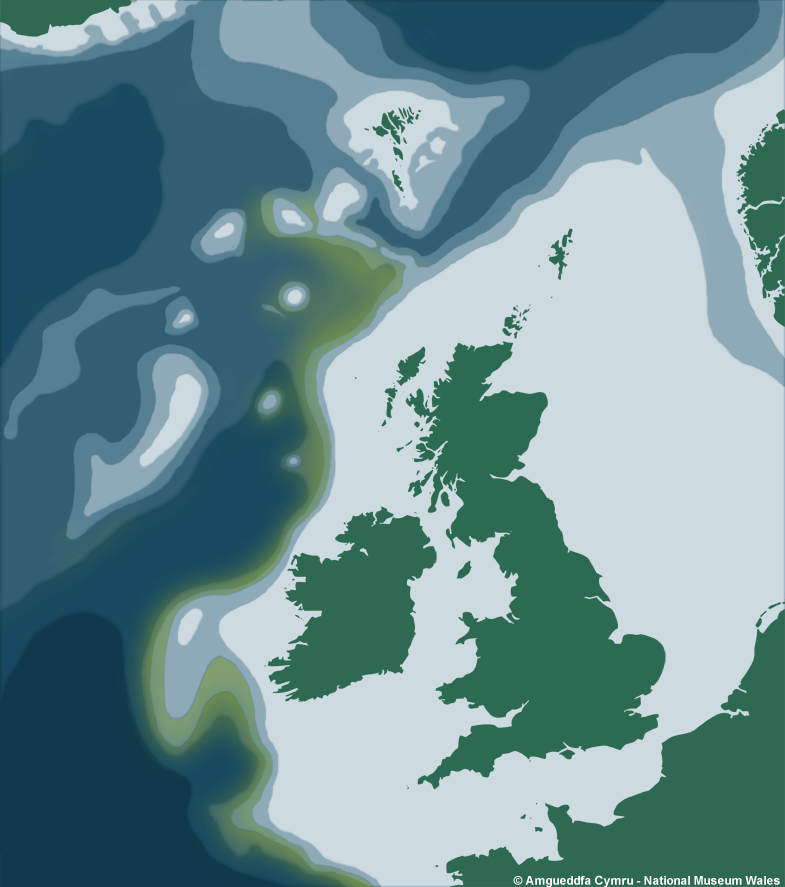Cardiomya striata (Jeffreys, 1876)
Verticordioidea : Cuspidariidae |
| Tebble name: | n/a |
| Smith & Heppell name: | Cuspidaria striata (Jeffreys, 1876) |
To size:
To 18mm.
Shell Structure:
Thin, fragile.
Equivalve:
Slightly inequivalve, LV overlapping RV.
Equilateral:
Slightly inequilateral, beaks slightly behind the midline.
Tumidity:
Moderately inflated.
Outline:
Body of shell oval; ventral extremity at line through the beaks; anterior dorsal margin sloping steeply, curved continuously with anterior and ventral margins. Rostrum slightly shorter than body length, narrowly triangular, slightly upturned, dorsal margin concave, ventral margin weakly concave corresponding to weak sulcus at junction of rostrum and body.
Sculpture:
With up to about 65 primary and secondary radial riblets increasing slightly in size posteriorly, the largest demarcating the rostrum and then fading over the entire rostrum; secondary riblets are added between the larger primary riblets, concentric sculpture of fine lines and growth stops.
Margin:
Margin dentate where largest ribs intersect edges.
Ligament:
Internal, on a very small chondrophore lying beneath the beaks.
Hinge:
Cardinal teeth absent; RV with a posterior triangular lateral flange with corresponding marginal extension in LV.
Pallial Musculature:
Indistinct.
Periostracum:
Thin except on rostrum where it is feebly lamellose, light brown.
Colour:
Greyish white.
Distribution & Ecology
Depth Range
Bathyal (500 - 2000m)

Additional Information & Related Species
Related Species
Verticordioidea : Cuspidariidae
References
Listed are literature citing Cardiomya striata (Jeffreys, 1876). Reference containing the species Type Description is highlighted.
|
Jeffreys J G 1876. New and peculiar Mollusca of the Kellia, Cyprina and Corbula families, procured in the Valorous expedition. Annals and magazine of natural History. (4) 18: 490-499. |
Resources
- Conchological Society
of Great Britain & Ireland
Provides resources for understanding, identifying, recording, and conserving molluscs - CLEMAM
Check List of European Marine Mollusca - MarLIN
The Marine Life Information Network for Britain and Ireland (MarLIN) provides information for marine environmental management, protection and education. It is a centre of excellence in spatially based and time-series marine biological information and supports good stewardship in the marine environment. - NBN Gateway
National Biodiversity Network's Gateway. Use it to explore UK biodiversity data, as contributed by participating data providers. - BivAToL
- MarBEF
- Malacological Society
- Unitas Malacologica
- Census of Marine Life
- MarBEF
MarBEF, a network of excellence funded by the European Union and consisting of 94 European marine institutes, is a platform to integrate and disseminate knowledge and expertise on marine biodiversity, with links to researchers, industry, stakeholders and the general public.





